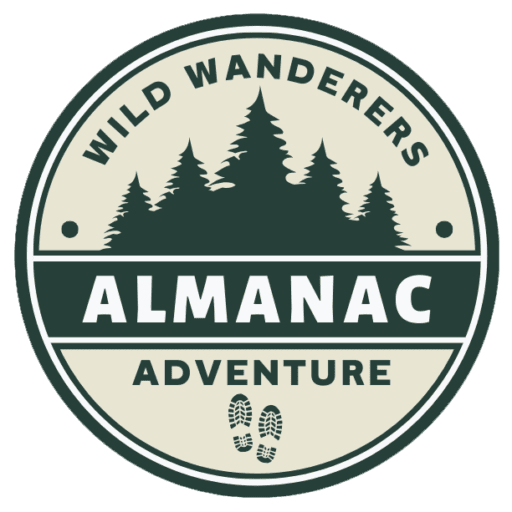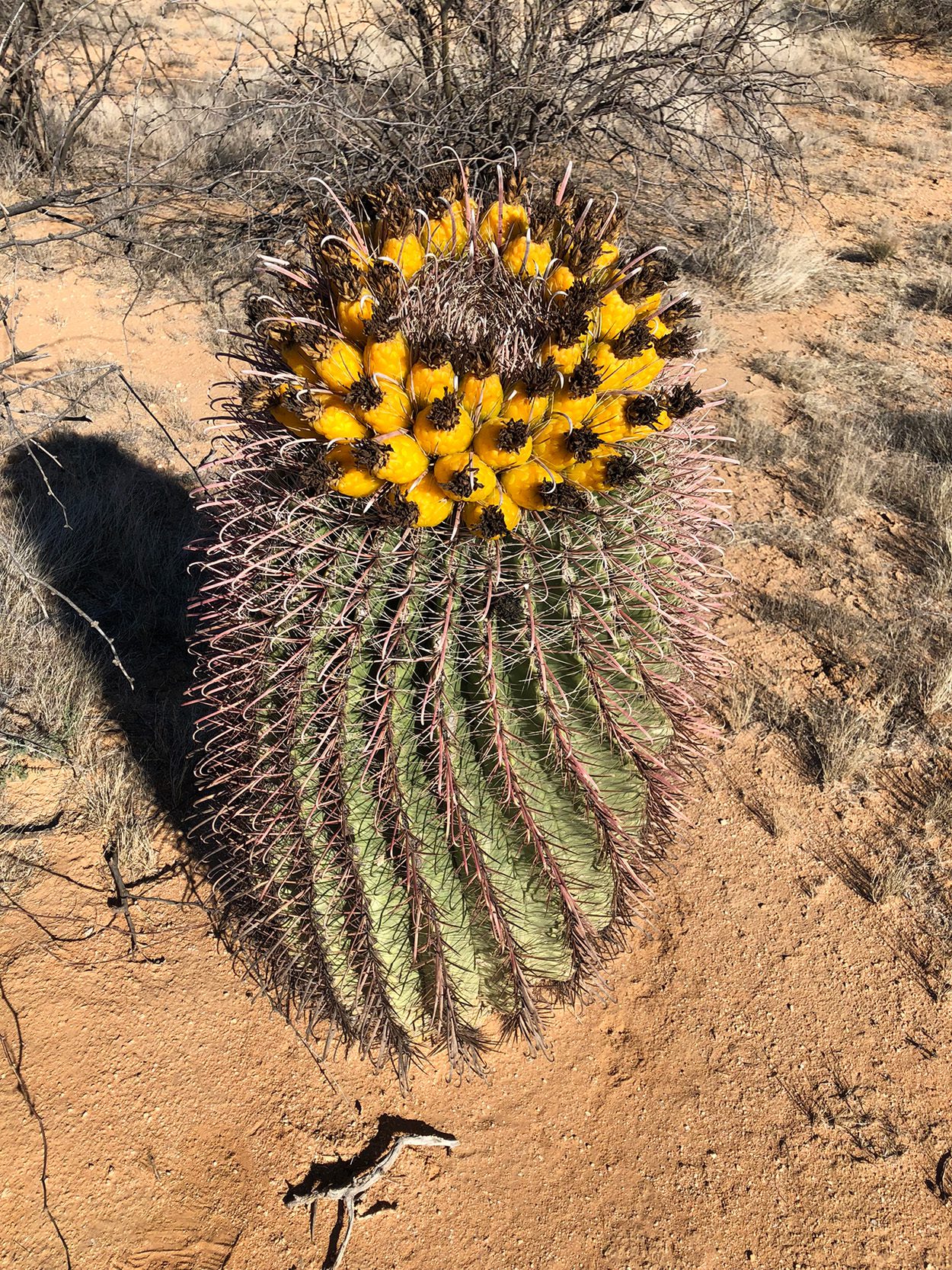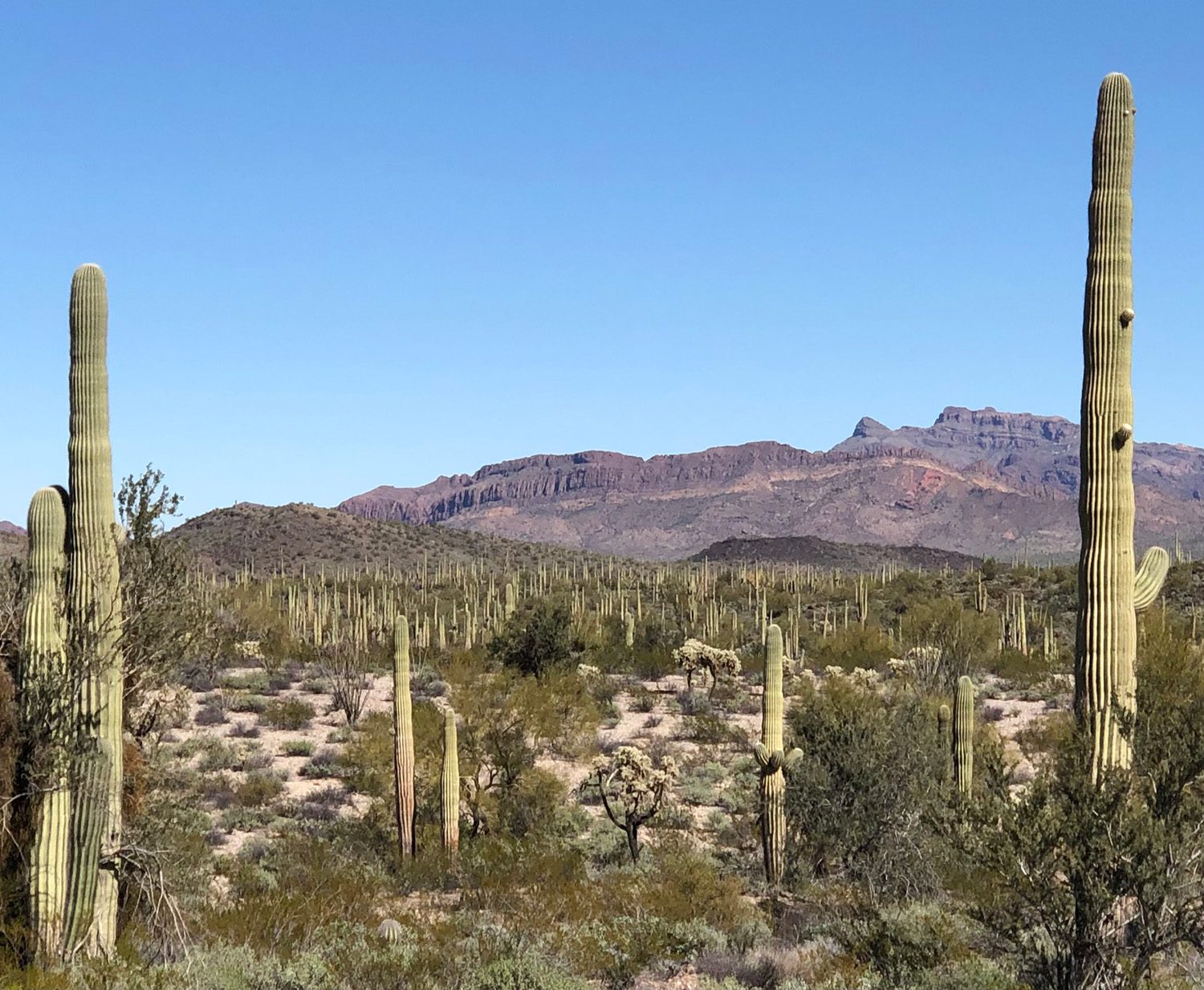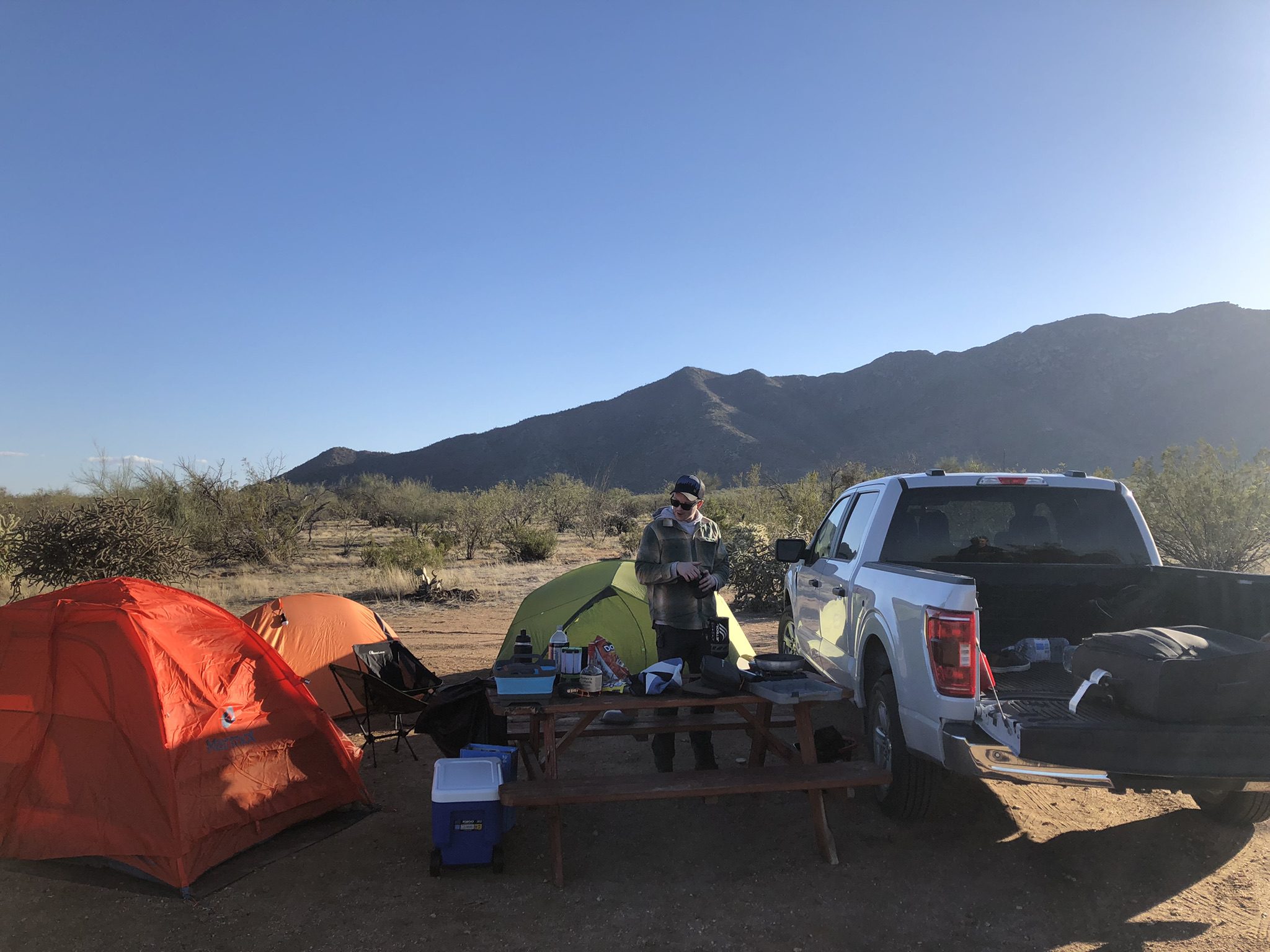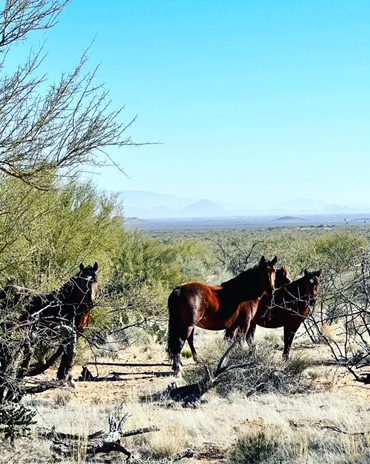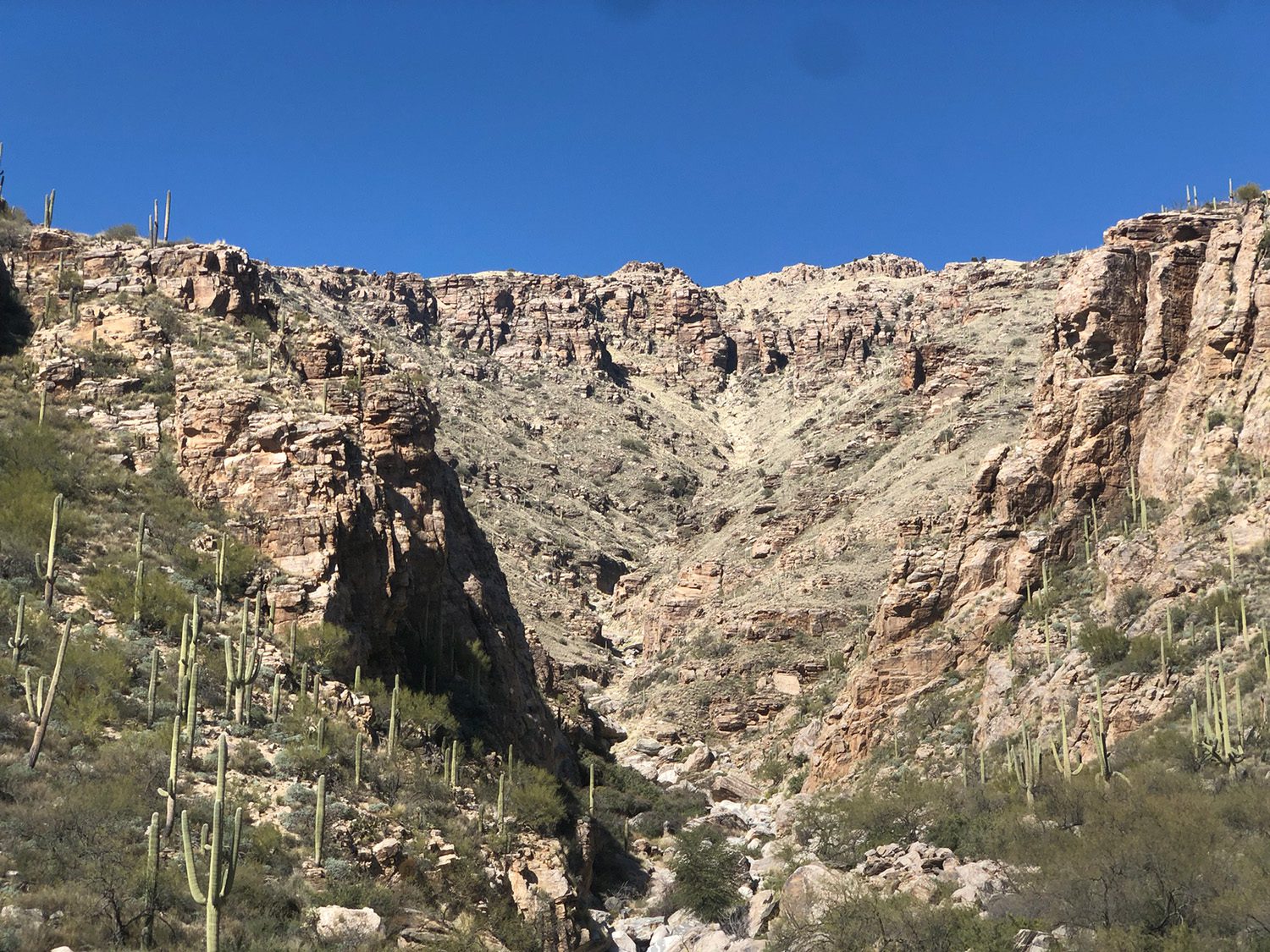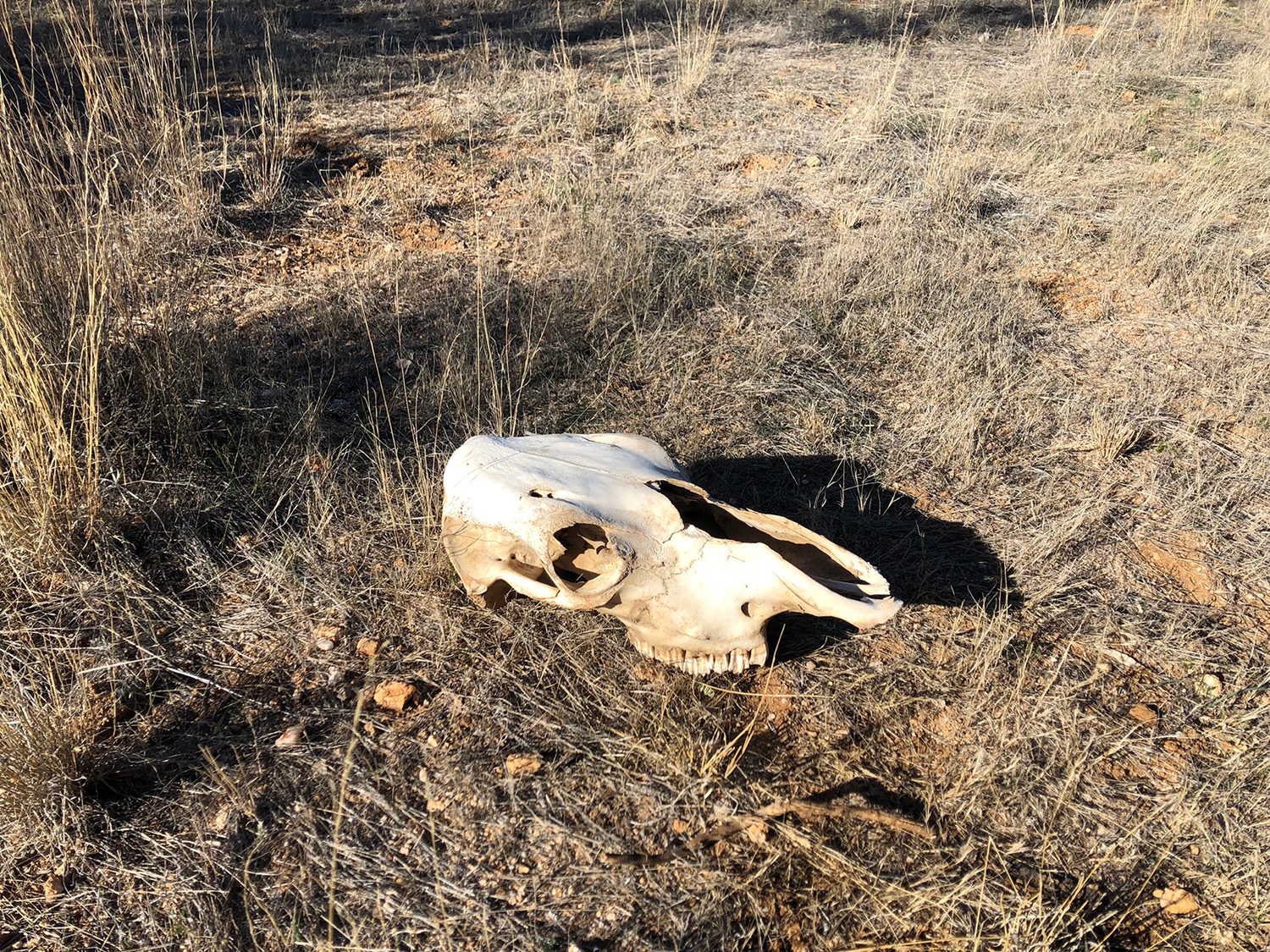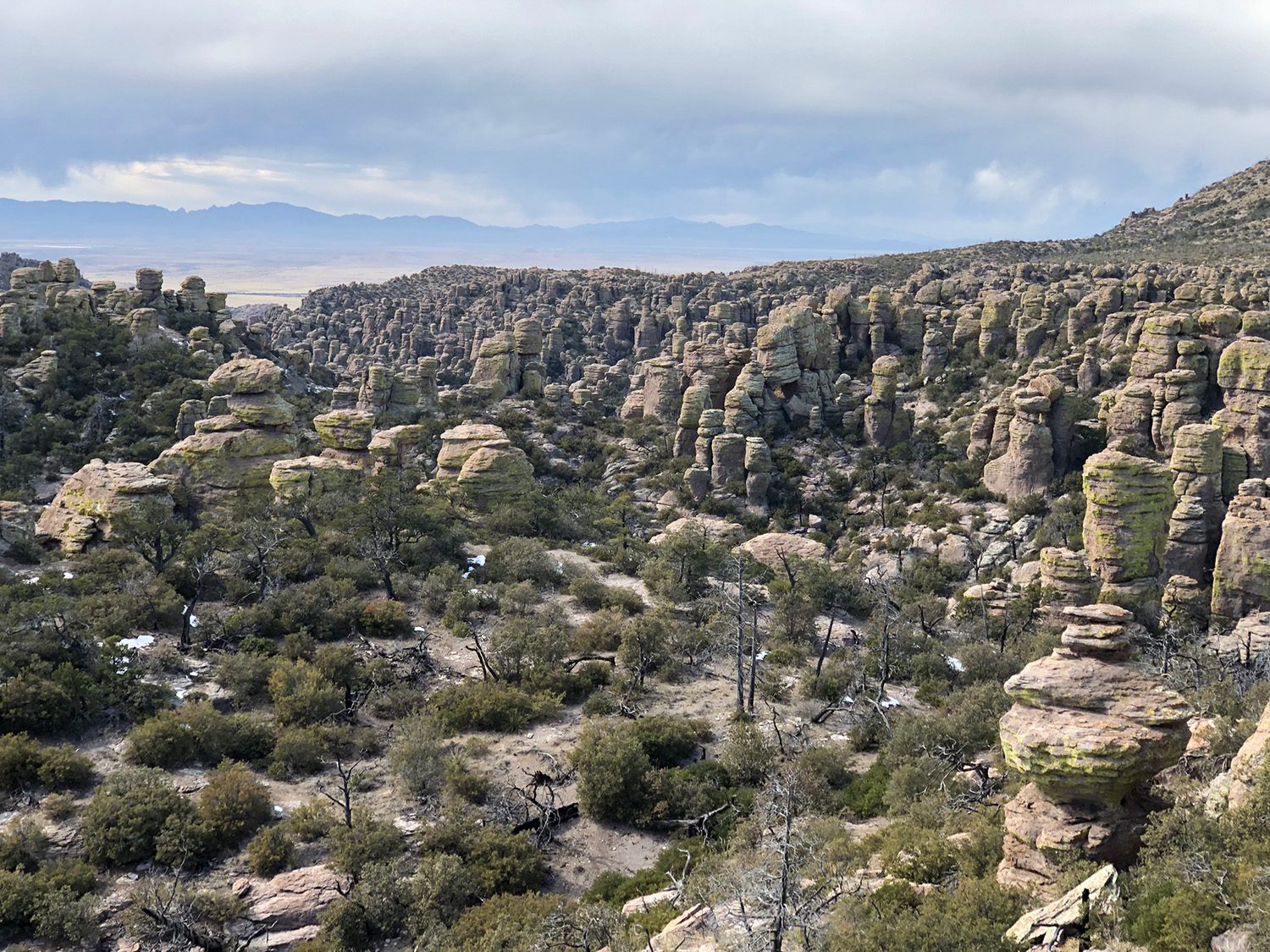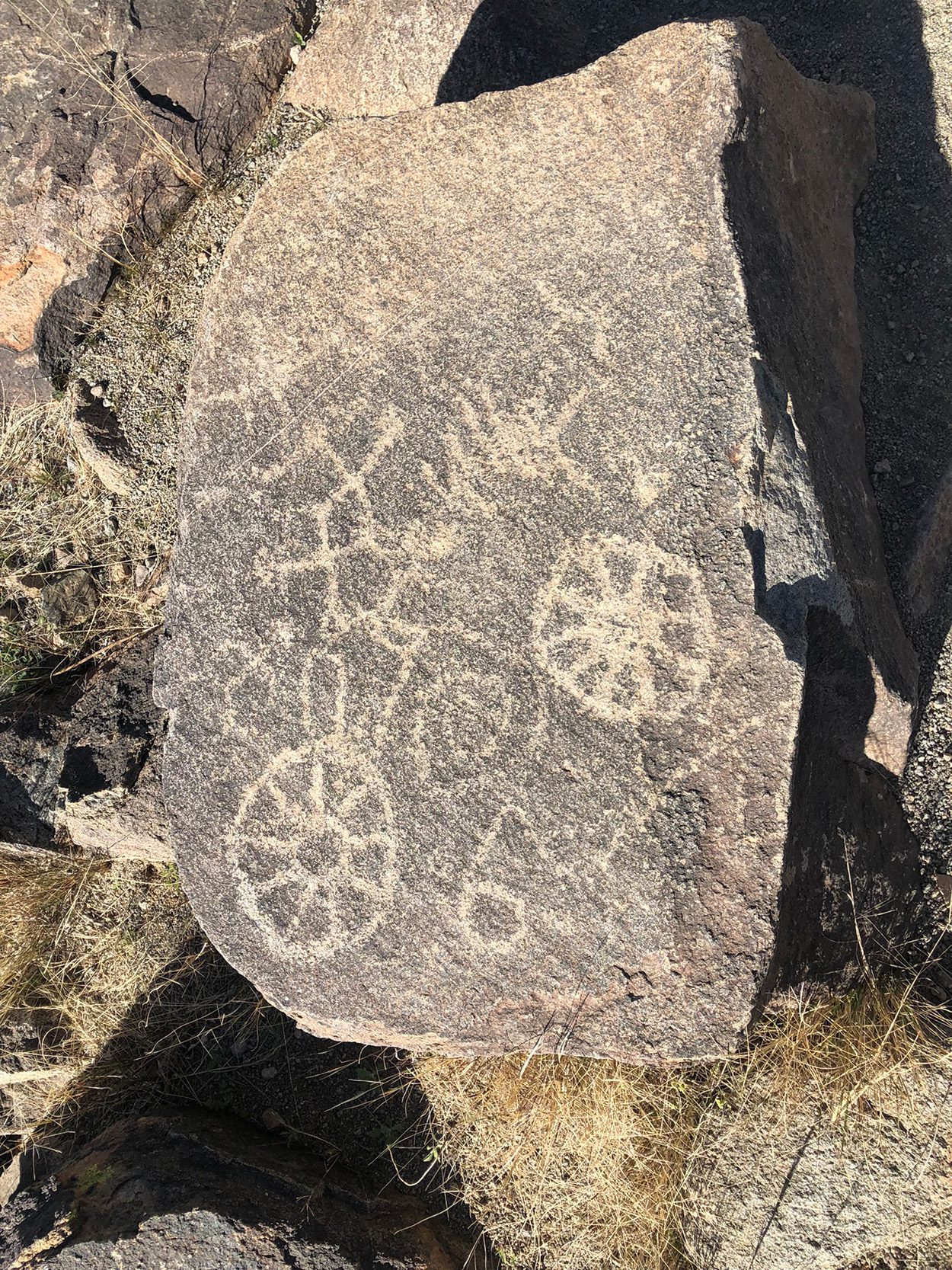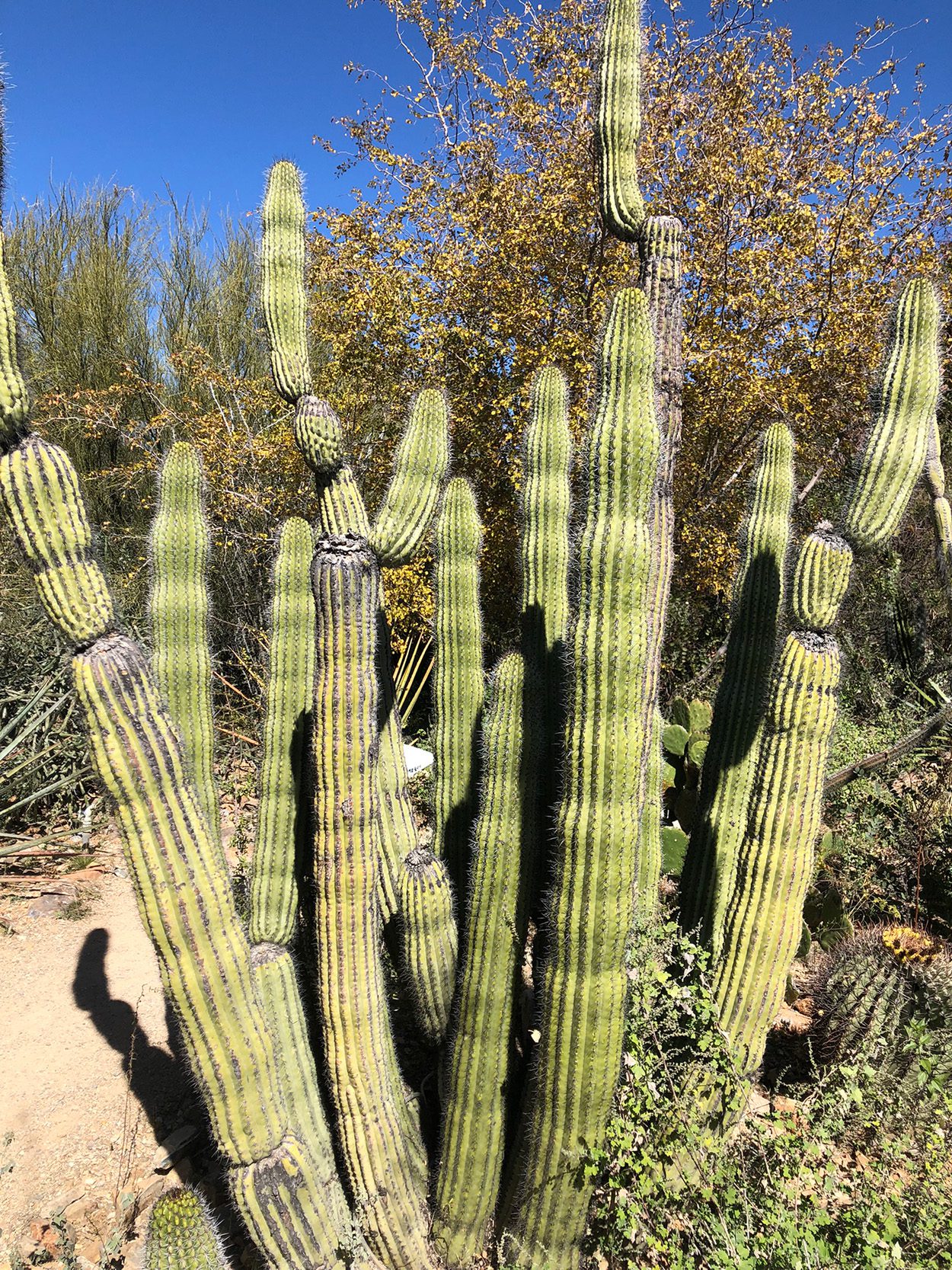Saguaro National Park
Saguaro National Park, located in the Sonoran Desert of Arizona, is a breathtaking natural wonder renowned for its iconic saguaro cacti. This unique park, divided into two districts – the Rincon Mountain District and the Tucson Mountain District – offers visitors a glimpse into the diverse and resilient desert ecosystem. Towering saguaro cacti, some reaching heights of over 40 feet, dominate the landscape, providing shelter and sustenance to a wide array of desert flora and fauna. Visitors can explore numerous hiking trails, take in stunning desert vistas, and learn about the rich cultural heritage of the area.
Park Information Quick Facts
Location: Arizona
Park Size: 91,327 acres
Time Needed: 1 Day Highlights, 2 Day Full Experience
Best Season: Early Spring/Fall
Must Do: Greenstone Ride Trail 3-5 Day Hike
Lodging: No Campsites in the Park. Sveral Hotels and hosted campsites surround the park.
Travel: By Car
Top Campsites: None
Pro Tips: The Trails Are Not for the Faint of Heart. Be Prepared to Work Hard for the Beauty That Isle Royale Has to Offer.
"Wilderness is not a luxury but a necessity of the human spirit" - Edward Abbey
How to Plan a Trip to Saguaro
Planning a trip to Saguaro National Park involves several key steps to ensure you have a memorable and enjoyable experience. Here’s a step-by-step guide to help you get started:
-
- Determine Your Travel Dates: Decide when you want to visit the park. Keep in mind that temperatures in the Sonoran Desert can be extreme, so choose a time of year that suits your comfort level. Late fall, winter, and early spring are popular times due to milder weather.
- Research and Information Gathering: Start by gathering information about the park. Visit the official Saguaro National Park website for up-to-date information on park hours, entrance fees, trail maps, and any alerts or closures. You can also consult guidebooks, online forums, and travel websites for additional insights.
- Create an Itinerary: Plan your daily activities and prioritize the places you want to visit within the park. Consider which district (Rincon or Tucson Mountain) you want to explore or if you’d like to visit both. Make a list of specific trails, viewpoints, and points of interest you want to see.
- Accommodation and Lodging: Research and book accommodation in advance. Tucson, Arizona, is the nearest major city with a range of lodging options, from hotels and motels to vacation rentals and campgrounds. Book your accommodation according to your budget and preferences.
- Transportation: Determine how you’ll get to Saguaro National Park. If you’re flying, book your flights to Tucson International Airport (TUS). Renting a car is highly recommended as public transportation options to the park may be limited.
- Park Entrance Pass: Purchase a park entrance pass either online in advance or at the park entrance. If you plan to visit multiple national parks within a year, consider getting an America the Beautiful National Parks Pass, which covers entry to all national parks and federal recreational lands.
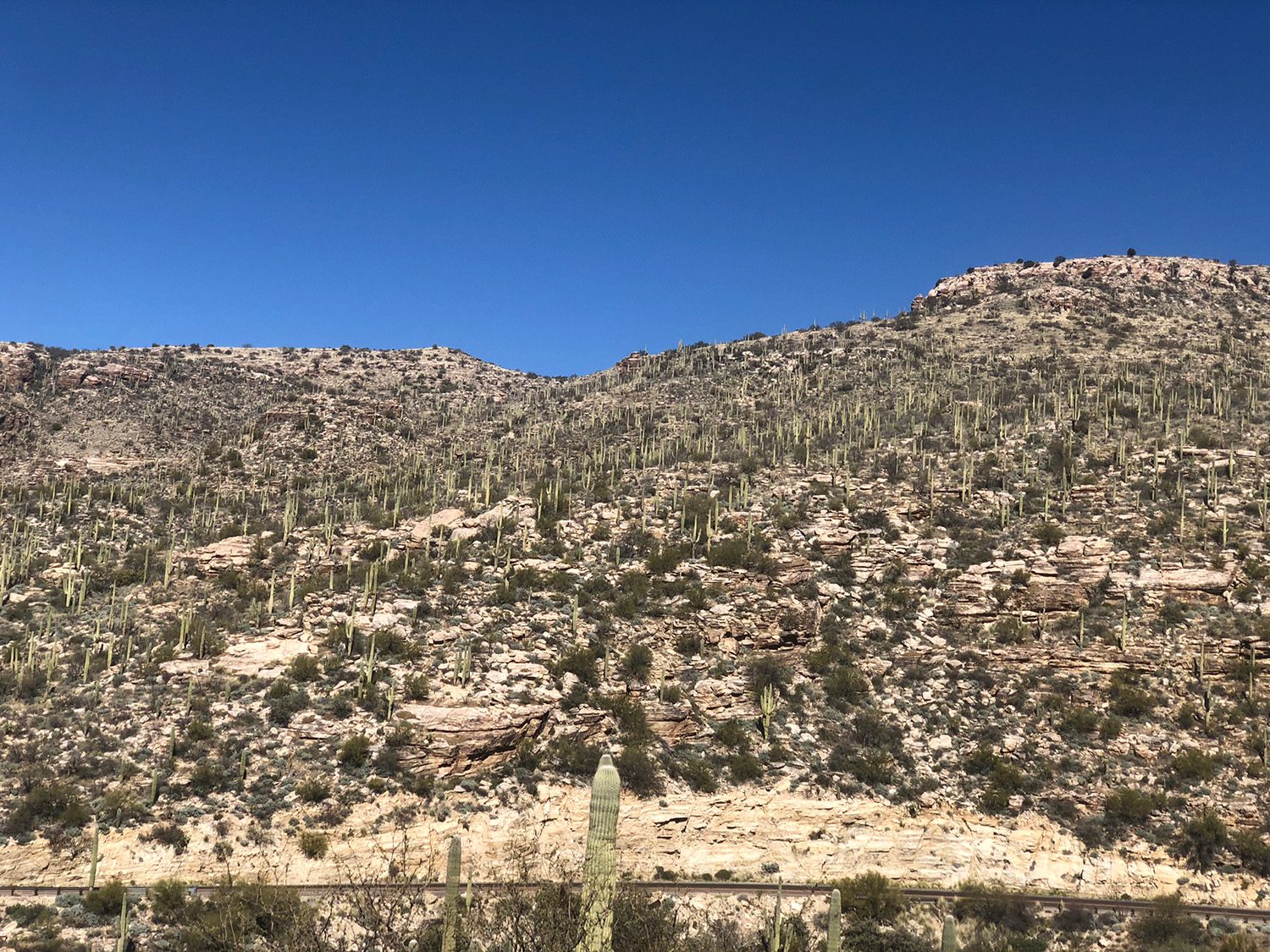
- Safety Precautions: Be aware of the desert environment and take necessary precautions. Bring plenty of water, sun protection (hat, sunscreen), sturdy footwear, and a first-aid kit. Familiarize yourself with wildlife safety guidelines, as there are various animals and insects in the desert.
- Trail Permits and Reservations: Some trails may require permits, and backcountry camping may need reservations. Check the park’s website for information on trail permits and camping reservations.
- Check for Alerts and Closures: Before heading to the park, check for any alerts, closures, or weather conditions that may affect your visit. This information is typically available on the park’s website.
- Enjoy Your Trip: Once you’ve completed your preparations, head to Saguaro National Park, follow park regulations, and enjoy the stunning desert landscapes, unique cacti, and diverse wildlife.
Remember that planning ahead is key to having a successful trip to Saguaro National Park. Being well-prepared ensures you can make the most of your visit and stay safe in the desert environment
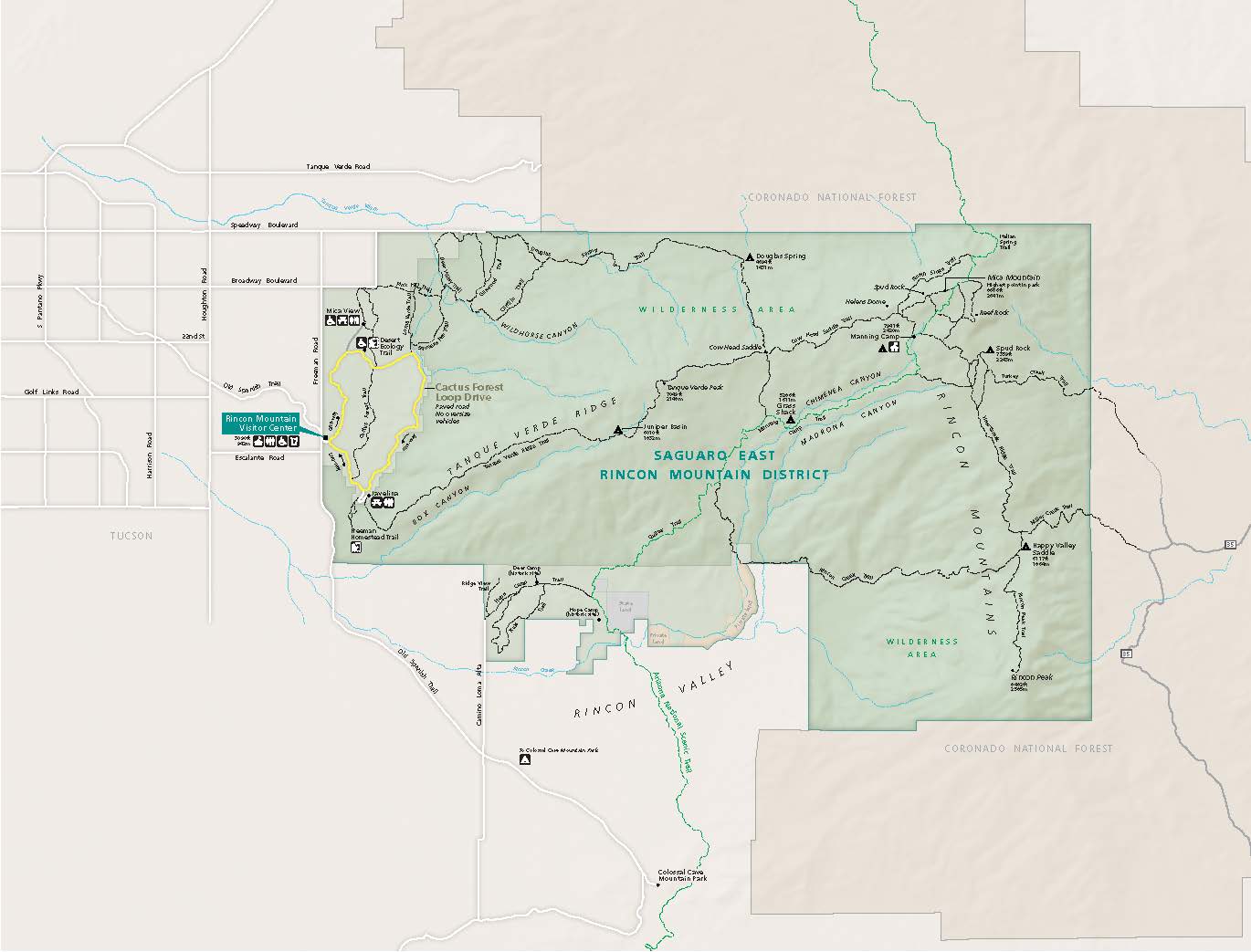
Campsites
Camping at Saguaro National Park offers a unique opportunity to immerse yourself in the beauty and serenity of the Sonoran Desert. Here’s what you can expect when camping in the park:
Camping Locations: Saguaro National Park has two main campgrounds, one in each of its districts:
-
- Rincon Mountain District: The Rincon Mountain Visitor Center offers the Rincon Mountain Campground, which has 9 campsites. These sites are first-come, first-served and are usually less crowded than those in the Tucson Mountain District.
- Tucson Mountain District: The Tucson Mountain District has the larger and more popular Tucson Mountain Campground, with 120 campsites. Some sites are available for reservation, while others are first-come, first-served. Reservations are recommended during the peak season (late fall to early spring).
While Saguaro National Park itself has campgrounds within its boundaries, there are also several campsites and campgrounds located in the surrounding area near both the Rincon Mountain District and the Tucson Mountain District. These options provide additional camping opportunities for visitors to the park. Here are some campsites and campgrounds near Saguaro National Park:
Molino Basin Campground: This campground is located within Coronado National Forest, adjacent to the Rincon Mountain District. It offers several campsites, picnic tables, and vault toilets. It’s a great option for those looking for a nearby camping experience.
Gilbert Ray Campground: Located just outside the Tucson Mountain District of the park, this county-run campground offers both RV and tent camping sites. It’s known for its scenic desert setting and proximity to the park.
Tucson/Lazydays KOA: This privately owned campground is not far from the Tucson Mountain District of the park. It provides a range of amenities, including full hook-up RV sites, cabins, and tent sites. It’s a family-friendly option with various facilities and activities.
Camino Verde RV Park: Another RV-focused option, Camino Verde RV Park is situated near the Tucson Mountain District. It offers full hook-up sites and is suitable for both short and long-term stays.
Picacho Peak State Park: Although not as close to Saguaro National Park, Picacho Peak State Park offers camping options. It’s located to the north along Interstate 10 and has campsites with electric and water hook-ups, as well as non-hook-up sites.
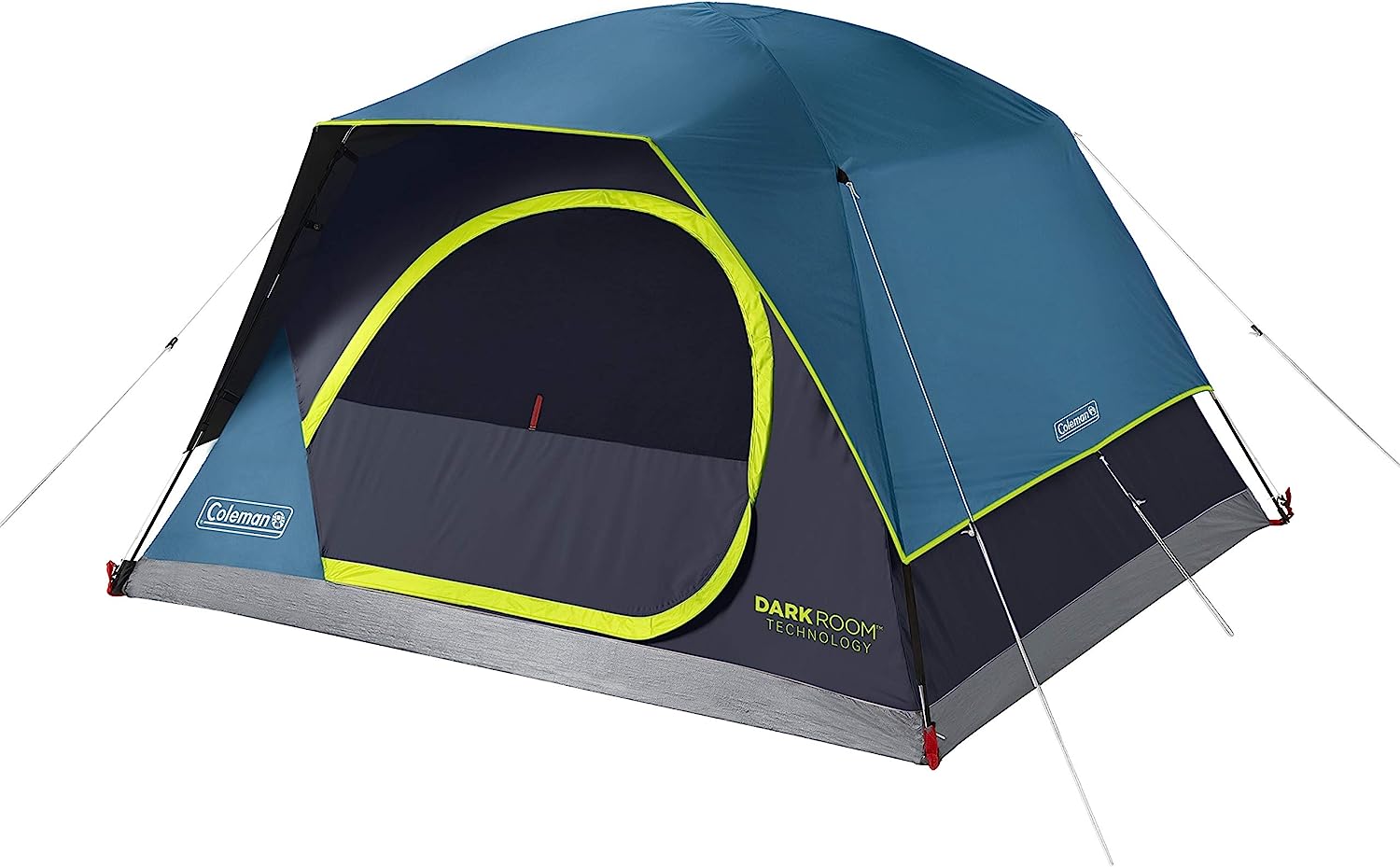
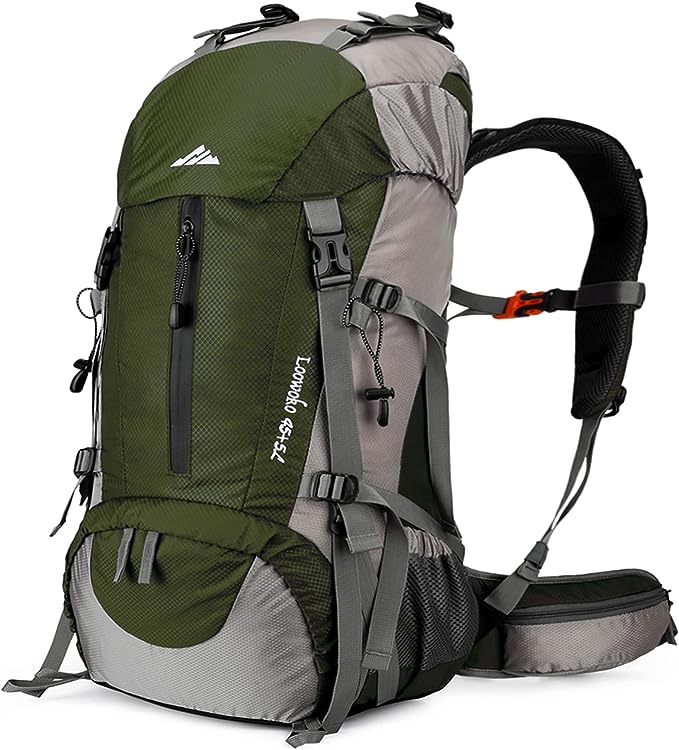
Popular Hiking Trails
Valley View Overlook Trail
- Distance: 0.8 miles round trip
- Difficulty: Easy
- Highlights: Beautiful views of the Avra Valley and iconic Saguaro cacti, great for a short, scenic walk.
Signal Hill Trail
- Distance: 0.5 miles round trip
- Difficulty: Easy
- Highlights: Ancient petroglyphs, stunning views of the Tucson Mountains, short and family-friendly.
King Canyon Trail
- Distance: 6.1 miles round trip
- Difficulty: Moderate
- Highlights: Scenic canyon hike with desert views, leads to the summit of Wasson Peak for panoramic views.
Hugh Norris Trail
- Distance: 10 miles round trip
- Difficulty: Strenuous
- Highlights: Climb to Wasson Peak, the highest point in the park’s west district, offering breathtaking desert and mountain views.
Hope Camp Trail
- Distance: 5.6 miles round trip
- Difficulty: Moderate
- Highlights: Expansive desert views, historic ranch sites, and beautiful cacti along the trail.
Wasson Peak via Sweetwater Trail
- Distance: 8.5 miles round trip
- Difficulty: Moderate to Strenuous
- Highlights: Gradual climb to Wasson Peak, beautiful desert landscape with a mix of Saguaro, ocotillo, and cholla cacti.
Freeman Homestead Trail
- Distance: 1 mile loop
- Difficulty: Easy
- Highlights: Explore an old homestead site, great for families and kids with interpretive signs about desert life.
Mica View Loop Trail
- Distance: 2 miles loop
- Difficulty: Easy
- Highlights: A scenic and flat loop with excellent views of Mica Mountain and the park’s iconic Saguaro forests.
Tanque Verde Ridge Trail
- Distance: 20 miles round trip (can hike shorter sections)
- Difficulty: Strenuous
- Highlights: Stunning ridgeline views, beautiful desert flora, and access to Rincon Peak for backpacking.
Wildhorse Tank Trail
- Distance: 6 miles round trip
- Difficulty: Moderate
- Highlights: Leads to an old water tank with diverse desert scenery, including wildlife and plant life.
Cactus Forest Loop Trail
- Distance: 2.5 miles loop
- Difficulty: Moderate
- Highlights: Gentle hike through the heart of the cactus forest with a variety of Saguaro and other desert plants.
Douglas Spring Trail
- Distance: 5.2 miles round trip (to Bridal Wreath Falls)
- Difficulty: Moderate
- Highlights: Hike to the seasonal Bridal Wreath Falls, beautiful desert views, and wildflowers in the spring.
Bridal Wreath Falls Trail
- Distance: 5.6 miles round trip
- Difficulty: Moderate
- Highlights: Reach a seasonal waterfall, ideal in spring or after rain, with great views of the Rincon Mountains.
Garwood Trail
- Distance: 5.4 miles round trip
- Difficulty: Moderate
- Highlights: Historic ruins, large Saguaros, and great views of the surrounding desert and mountains.
Desert Ecology Trail
- Distance: 0.25 miles loop
- Difficulty: Easy
- Highlights: Short, educational trail with interpretive signs explaining the desert ecosystem, suitable for all ages.
Hiking
Hiking in Saguaro National Park is a captivating journey through the heart of the Sonoran Desert. With trails catering to all skill levels, visitors can traverse diverse desert landscapes, surrounded by the iconic saguaro cacti, rocky formations, and vibrant flora and fauna. These hikes offer a unique blend of natural beauty and cultural history, marked by informative signs that enrich the experience. Whether you’re seeking a peaceful stroll among towering cacti or a challenging backcountry adventure, Saguaro National Park’s trails provide a memorable encounter with the enchanting desert environment, wildlife, and stargazing opportunities under clear desert skies.
Number of Trails: 15
Acres: 91,327 acres
Time Needed to Hike: 1 Day for quick hikes
Trail Accessibility: The park offers accessible trails suitable for visitors with mobility challenges. These trails are designed to provide a desert experience for everyone.
Best Time to Visit: Early Spring/Fall, Winter
Leave No Trace: Practice Leave No Trace principles to minimize your impact on the environment.
Stargazing: If you choose to hike in the evening, the park’s remote location away from city lights makes it an ideal spot for stargazing.
Gear We Used

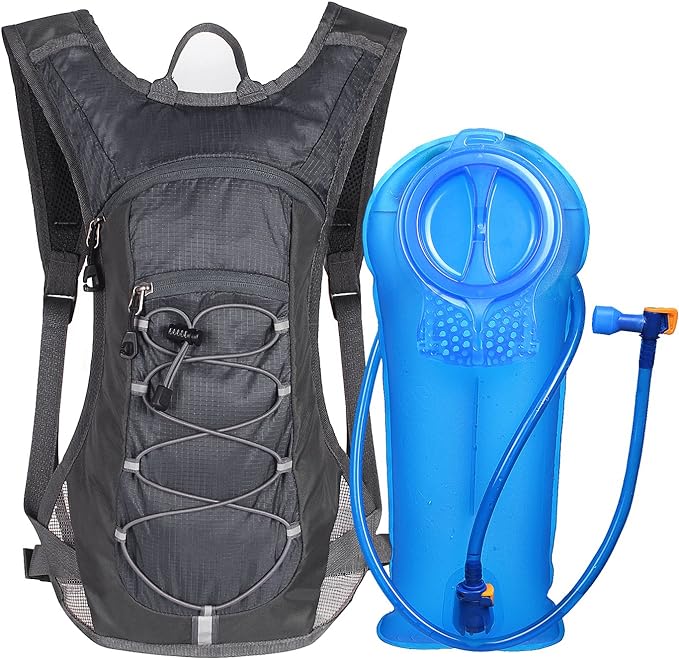
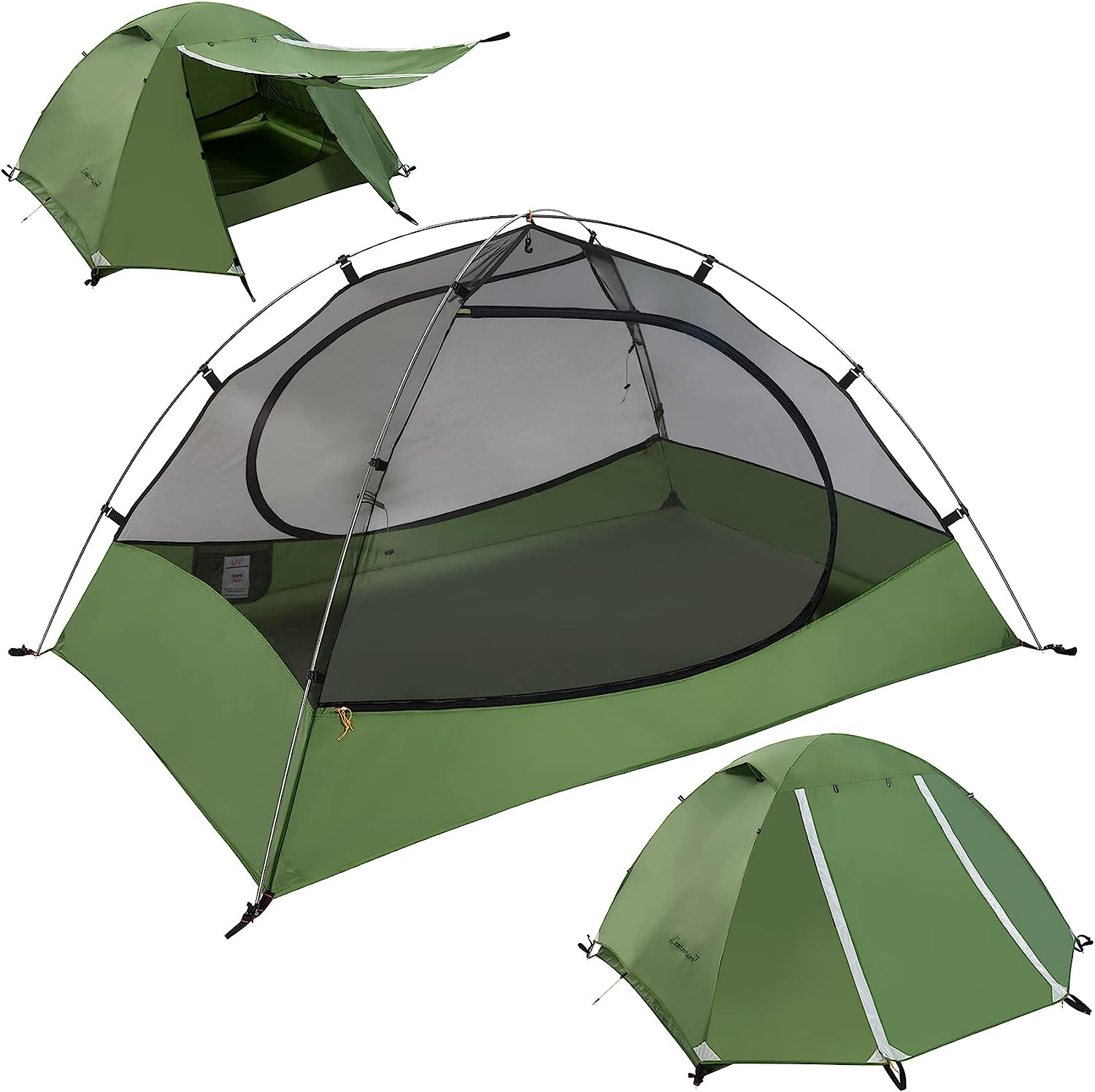
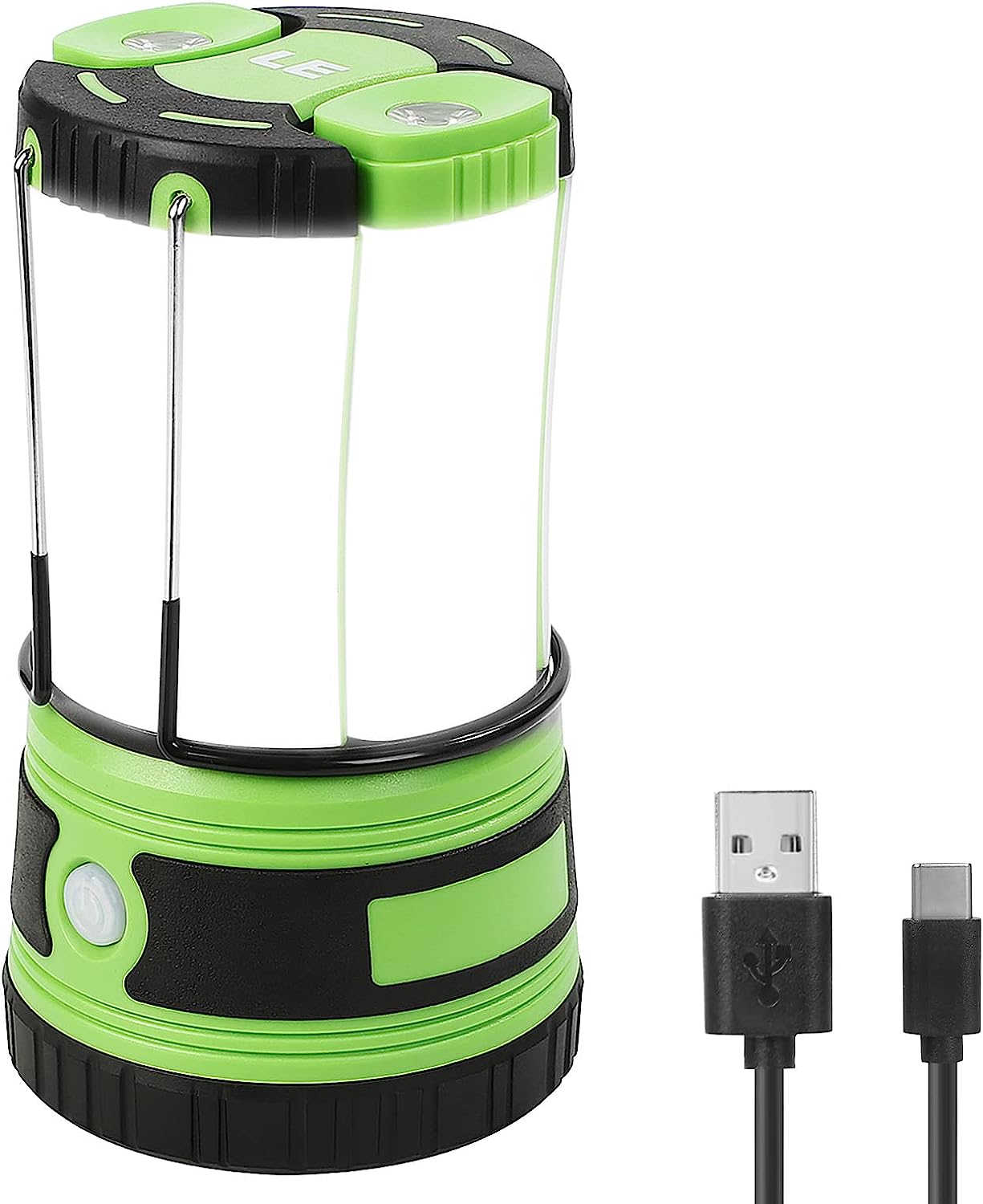
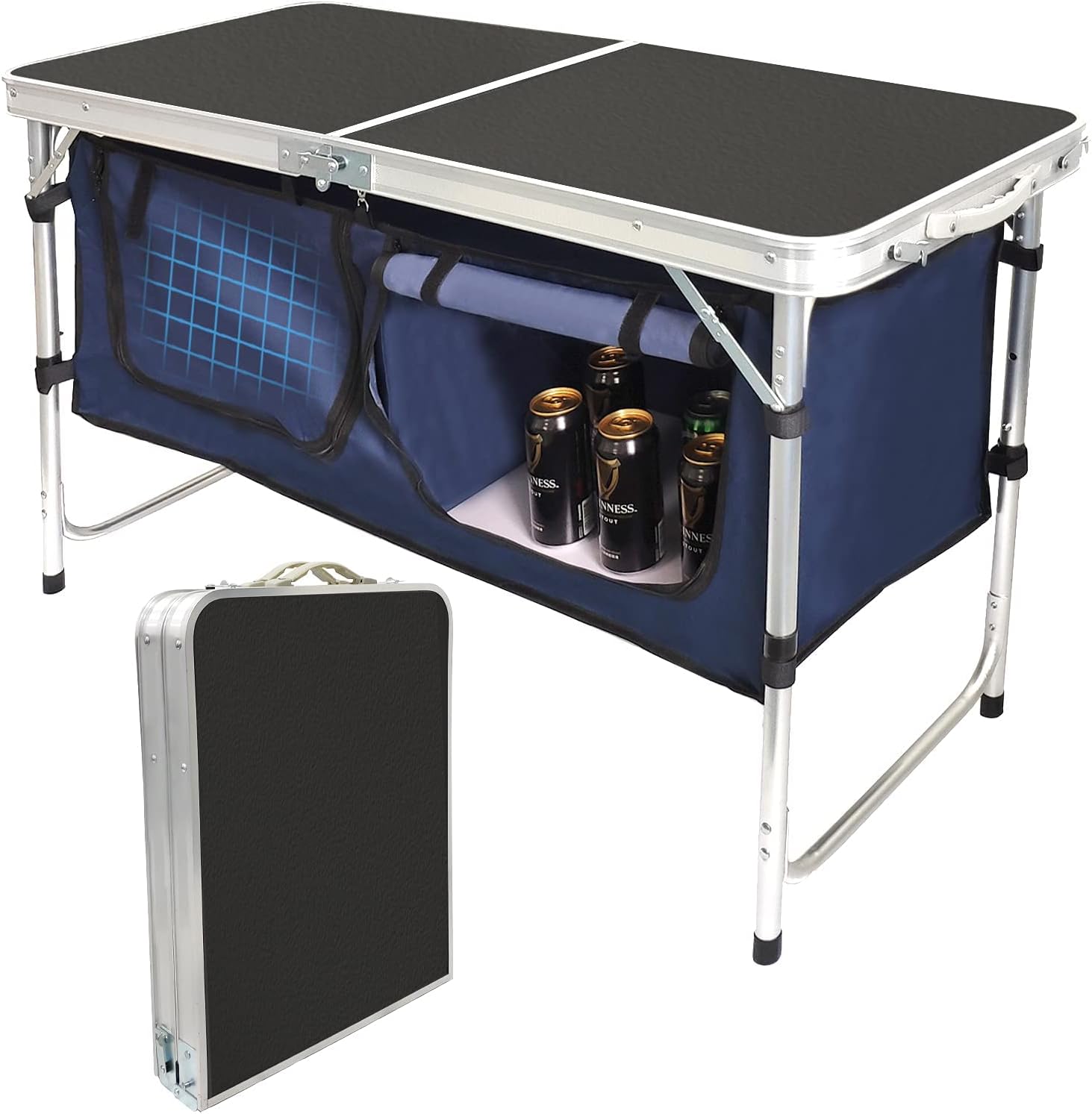
Must Do’s
chiricahua national monument
Chiricahua National Monument, located in southeastern Arizona, is a geological wonderland characterized by its unique rock formations, known as “The Wonderland of Rocks.” These towering spires, balanced rocks, and pinnacles were created by volcanic eruptions millions of years ago. Visitors can explore a network of trails that wind through this surreal landscape, offering breathtaking vistas and the chance to witness the area’s diverse flora and fauna.
Petroglyphes
Saguaro National Park is renowned not only for its iconic cacti but also for its ancient petroglyphs. These captivating etchings, created by the Hohokam and other indigenous people over a thousand years ago, offer a glimpse into the region’s rich cultural heritage. These petroglyphs, often depicting various symbols, animals, and human figures, provide valuable insights into the traditions and beliefs of the desert’s early inhabitants.
organ pipes national monument
Organ Pipe Cactus National Monument, located in the Sonoran Desert of Arizona, is a striking and unique conservation area known for its namesake organ pipe cacti, which grow in abundance here. These tall, slender cacti create a dramatic and otherworldly landscape, making it a haven for desert enthusiasts and nature lovers.
The Desert Museum
The Desert Museum in Tucson, Arizona, is a renowned attraction that combines elements of a zoo, botanical garden, natural history museum, and aquarium, offering visitors a unique opportunity to explore the diverse ecosystems of the Sonoran Desert. This living museum showcases an array of desert flora and fauna, from saguaro cacti and desert tortoises to owls and rattlesnakes.
